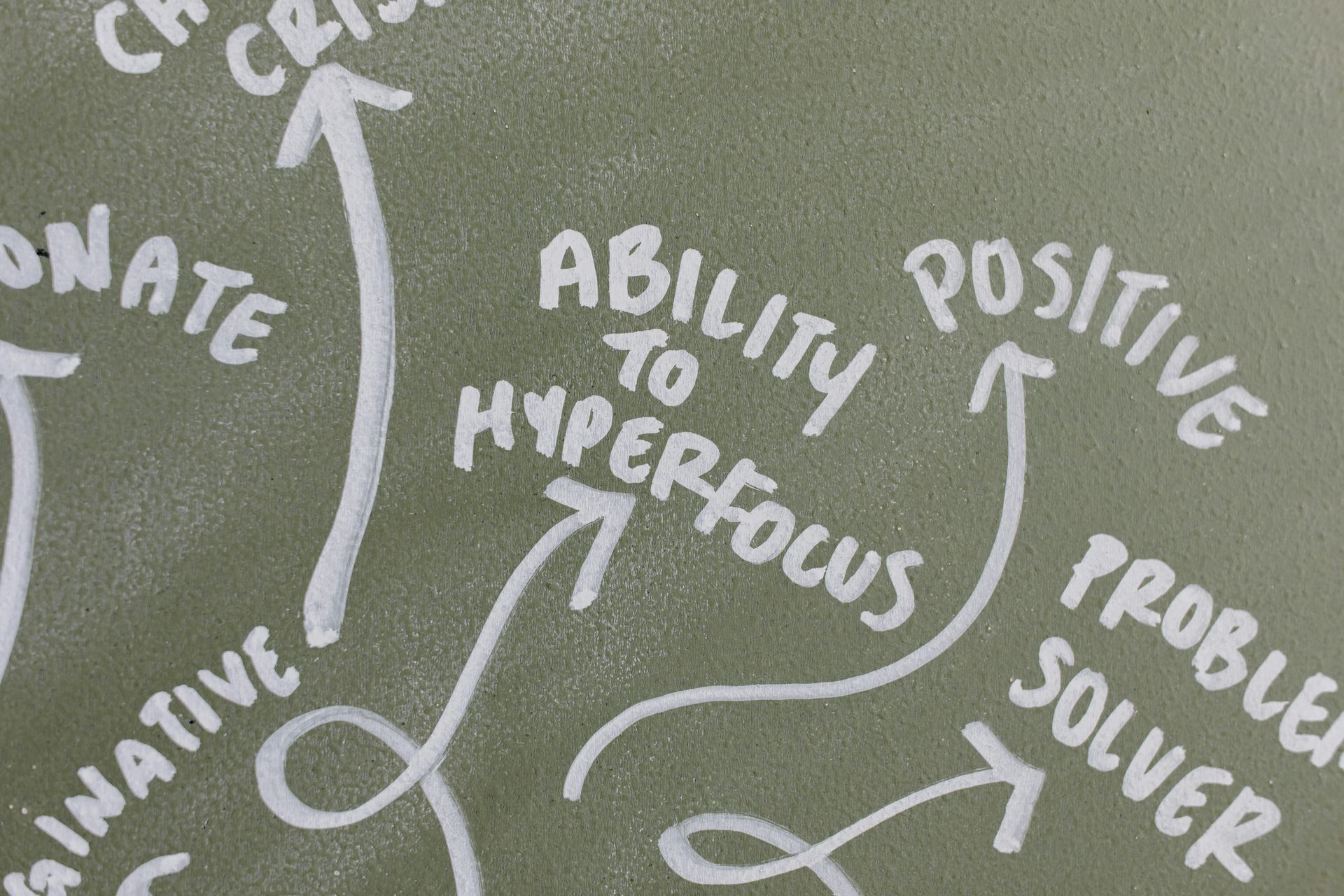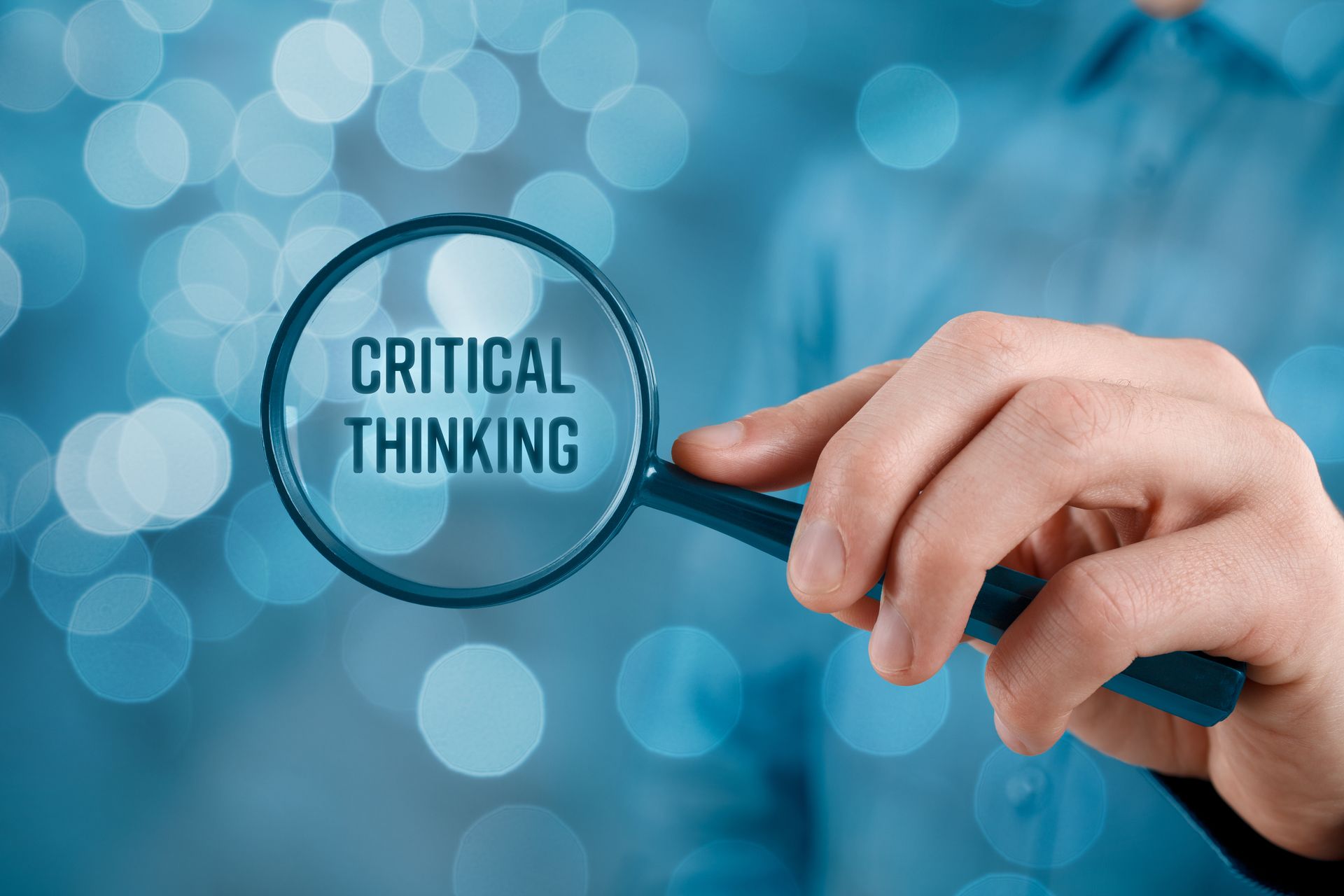How to develop collective intelligence in your company
What is collective intelligence?
Creating collective intelligence within organisations is an exciting proposition. Many thought leaders reflect on the power of group intelligence at work. Nevertheless, persistent evidence suggests that an environment of hive-mind culture and decision-making is not common. This article explains how to make collective intelligence a reality.
“Successful change leaders know that you do not get where you want to go by changing people, you get there by changing patterns.” - Siobhán McHale, The Hive Mind at Work: Harnessing the Power of Group Intelligence to Create Meaningful and Lasting Change.
Just as other mindsets, such as Agile and Psychological Safety, collective intelligence does not deserve to wear the veil of novelty - the core principles are just as old as systems thinking and organizational behaviour disciplines.
There are three broad definitions of collective intelligence:
- Collective intelligence is “what happens when you get teams thinking together, generating insights, and making smarter decisions than they could have done on their own” - Jennifer Sundberg, What is collective intelligence and why does it matter?
- “Collective intelligence is the body of knowledge that grows out of a group. When groups of people work together, they create intelligence that cannot exist on an individual level.” - What is Collective Intelligence?
- “Acting together in a way that appears to be intelligent” is how collective intelligence term was coined by Thomas Malone in his book “The Future of Work, Professor of Management at MIT and the founding director at the MIT Center for Collective Intelligence
Collective intelligence is the driver for insights and performance results that emerge when people collaboratively and proactively:
- engage through a process of collective understanding
- achieve measurable positive outcomes by active together
Why collective intelligence is critical for high performance organizations
In 1907, Sir Francis Galton asked 787 villagers to guess the weight of an ox. None of them got the right answer, but when Galton averaged their guesses, he arrived at a near perfect estimate. This is a classic demonstration of the “wisdom of the crowds” - Ed Yong, The Real Wisdom of the Crowds, National Geographic, The wisdom of the crowd is also defined as the collective opinion of a diverse and independent group of individuals rather than that of a single expert.
This effect is now being translated into “collective intelligence” through the overlay of behavioural research findings and contemporary business experiences involving co-creation.
Collective intelligence does not contradict the importance of individual contributors. However, latest research into organizational behaviour refined our understanding through the laws of group dynamics such as “if you want to change a pattern, you must deal with individual contributors” - Siobhan McHale.
Two key reasons why organizations must have collective intelligence in order to win:
- Being competitive in the modern environment demands diverse intelligence
- Modern conditions require that the sustainable goals of an organization be above the ego of any individual (NB: ego is broad concept and is not necessarily bad)
- “With increasing complexity, there is greater utility in fostering collective intelligence for finding solutions to complex problems.” - Josep M. Coll, The power of collective intelligence for systems leadership and transformation. Strategy #1: fostering connection
- Greater outcomes are achieved when the vision and execution (e.g. leaders and employees) are connected through smart engagement and decision making - see How to Build Collective Intelligence - Guide for modern CEOs and C-Suite executives
It has been confirmed by multiple researchers that high performance is directly associated with healthy psychological safety and daring leadership. These, in turn, are not achievable without a vibrant, healthy employee engagement.
Gallup 2024 re-confirmed that best performing organizations are the ones that "make it <engagement> part of their culture".
Healthy engagement and sustainable performance are attributes of the operating model that is based on collective intelligence.
What it means to have collective intelligence operating model
The operating model of any organization is less about org charts and reporting lines - it is more about the underlying organizational behaviour. Whilst it is unlikely for organizations to have a pure pedigree of any one organizational behaviour model, collective intelligence implies a heavy bias towards the Collegial model.
Table: Organizational behaviour models

* Read more here - the retrospective on evolution of organizational behavior models
What stops organizations from achieving a Collegial organizational behavior model:
- Organizations that lack innovative People and Culture champions often disseminate information about `culture values` in a manner that reinforces a behavior of command-and-control.
- Doubling-down on performance management. Proof of Performance is an attribute of a command-and-control organizational behavior model. A more powerful method of achieving organizatilnal efficiency is Proof of Value - this is an attribute of a Collegial model.
- It is a mistake to ring-fence the Custodial and Supportive organisational behavior models by doubling-down on traditional forms of engagement. These models have inescapable consequences - most people are simply doers, and there is a critical-path dependency on the C-Suite. Organizations become stuck, to varying degrees, in Taylorism. This foundation caps performance and will erode competitiveness of even average performers as the pace of changes accelerates.
Key consideration
- “Culture cannot be changed by mandating it or formally reorganizing roles and responsibilities. Rather it can only be changed indirectly by altering how individuals work with each other.” - Roger L. Martin , A New Way to Think; Similar findings have been captured by many other thought leaders - see The Hive Mind at Work by Siobhán McHale.
A better strategy
- Pivot the operating model from fully dependending on managers, towards decision-making and execution based on collective intelligence
Transition towards a Collegial model requires patience and business strategy with dedicated focus on sustainability - “Becoming a highly engaged organization was an intentional effort of leadership over several years” (Gallup 2024, Full Report).
Where to get started when developing collective intelligence
Transition to collegial behaviour requires imagination and belief
- There is only indirect evidence that this model works; Part of the context is that teams that adopted that model have little interest and time to advertise their experience; Majority of use-cases available publicly focus on custodial and supportive models supported by traditional surveys
- “No new idea has been proven in advance analytically” - Roger L. Martin , A New Way to Think
It is easy to measure if your organization is ready for change, Ask yourself these questions:
- Do people like surveys?
- Do you have evidence of authentic employee engagement that is consistently above 80%?
- Is your organizational performance easy to advertise as leading edge?
If the answer to any of the questions is a ‘no’, then it is likely that change is overdue.
Just as great business leaders can dream of disruptive external change, so too must they dream of, and empower, disruptive internal change that delivers even greater external impact.
Leading edge organizations always reinvent themselves. Experienced practitioners know that accurate real-time benchmarks are required not only for navigating through challenges, but also for coming up with better models. A perfect state does not exist, or is only a momentary event in the journey towards the next stage.
Quick Wins and Easy Hanging Fruit
Start the journey by incrementally transitioning from traditional surveys towards a system of dialogue that is powered by the Live Pulse model
- Plug into existing processes without disruption - retrospective conversations and project delivery confidence votes
- Reduce administration and negative perception of managers and HR by elevating their role from “operational doers” to “critical thinking flow enablers” - do less traditional surveys
Having less overheads, removal of stigma and more scope for
experience-based dialogue improves everyone’s lives quickly.
Change Strategy
“Change is hard because ecosystems don’t easily reveal their patterns” … and “Hive mind knows that growth at all costs may lead to no growth at all” - Siobhán McHale, The Hive Mind at Work: Harnessing the Power of Group Intelligence to Create Meaningful and Lasting Change. Resistance to experimentation and evolution is often attributed to a reluctance to consider “slowing down to speed up”.
Collective intelligence is precisely the area where strategic HR People & Culture champions can reconnect / join forces with the grassroots employees - win back hearts and minds and redefine the HR role as a strategic trusted partner at all levels. “When frontline employees take the initiative to drive change, transformations have a 71 percent success rate” -
McKinsey, What successful transformations share.
The democratised Live Pulse model implemented as part of the quick wins (see above) is a great way for HR, Management and Employees to collaborate in challenging the status quo. The strategy consists of two elements:
- Empowering employees in pushing critical thinking into their Live Pulse “team journal” - see capabilities related to the process of hearing employees
Employ all 7 change management practices - see summary in full-text paper for “Resistance to Change: Causes and Strategies as an Organizational Challenge” by Ahmad Hafizh Damawan and Siti Azizah
Change Roadmap
Building collective intelligence does not require reinventing the wheel. Here is how you can visualise the roadmap with the help of the ADKAR model:
- Awareness
- Increase awareness on the part of leaders that “decisions <made> through behavioural decision processes could increase economic output by 40%” - Anastasia Santoreneos, ‘Enormous gap’: 40% of business decisions are bad – but it can be fixed
- Desire
- Increase recognition of highly desirable benefits that collective intelligence offers to C-Suite executives - see What collective intelligence can do for modern CEOs and C-Suite executives
- Knowledge
- Reconsider research related to group behaviour, group intelligence and high performance
- Research by Erich C. Dierdorff and Robert S. Rubin: "We’re Not Very Self-Aware, Especially at Work" suggests that Self-aware teams can achieve
- 2x BETTER DECISION QUALITY
- 2x BETTER COORDINATION,
- 1.8x BETTER CONFLICT MANAGEMENT
- 4.6x BOOST TO FEELING EMPOWERED
- Gallup 2017 - 2022
- Only three in 10 employees strongly agree with the statement that their opinions count at work. Gallup calculated that by “moving the ratio to six in 10 employees, organizations could realize 21% rise in profitability, 12% increase in productivity, 27% reduction in staff turnover
- Ability
- Live Pulse model is the most fitting approach - see the comparison of 25 tools and 4 different approaches for channelling and harnessing of collective intelligence
- Invest into leadership traits needed to enable collective intelligence
- Embrace a modern approach to getting a data-driven picture of your organization - group dynamics, employee experience, engagement, performance specific factors
- Reinforcement
- Bring insights gained to executive meetings and connect evidence to the original desire and the catalyst for change
- Establish a pattern for leadership to acknowledge employee feedback regularly - this can be achieved in a variety of complimentary ways - reference “Live Pulse” infographics (analytics or Ai assistant) in town halls, leverage the “upvote” functionality for periodic and asynchronous way to easy acknowledge feedback
- Encourage leaders to be a participant within the Live Pulse model - periodic reflections posted by executives help people to learn more context and develop deeper trust



